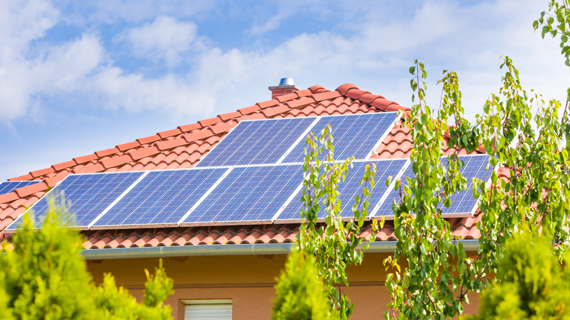Why must the public sector prioritise net zero solutions in their construction and refurbishment projects?
On the 27th of June 2019, the UK government declared the net zero emissions law, requiring the UK to reduce carbon emissions by 78% by 2035 and achieve net zero by 2050. However, for this to happen, significant changes must be made. For example, in the heat and building strategy, the government has outlined that they require high-efficiency, low-carbon buildings to help meet their target.
Why is decarbonisation so necessary?
The effects of global warming are apparent. A continued increase in carbon emissions will have implications for everyone. Globally, we would see more erratic atmospheric changes resulting in fires, harsher rain, contamination of food sources and dreadful air quality resulting in more health issues.
What steps can the public sector take to help with decarbonisation?
As more energy-efficient and sustainable options are now emerging in the construction industry; housing authorities, NHS, schools, and all other public sector organisations need to consider the following solutions in any future construction and retrofit projects to support the net zero targets. Below is a quick overview of a few important measures:
- External and Internal Insulation
If a property is not adequately insulated, heat is lost rapidly, requiring more energy to keep it warm. According to northern energy, ‘poor wall insulation accounts for 35-45% of heat loss in the home.’ Conversely, the correct type of insulation will increase the temperature and decrease the amount of heating required resulting in reduced CO2 emissions and heating bills.
The experts on our frameworks will know the best insulation product for your buildings or homes, and this is a great first step in improving the fabric of the building which will make the other measures more effective.
- Ground Source Heat Pumps
A fabric first approach, with high thermal efficiency, will make ground source heat pumps a viable option. They are a sustainable way to source heat by taking the thermal energy from the ground below us through pipes. The heat is then bought to the surface and distributed around the property through radiators or underfloor heating.
- Solar Thermal Systems
Solar thermal systems can use one of two different types of collectors on the roof to collect sunlight energy. The energy is generally stored as heated hot water for later use, although there are some variations on occasion.
- Solar PV
Solar PV systems generate electricity for use within the property, they are now more commonly being combined with a battery storage system to increase further benefits for the `Prosumer` (owner of the installed system). These systems also help minimise strain on the existing national electrical distribution infrastructure.
- Ventilation
Ventilation is often overlooked and must be considered an integral part of energy efficiency. As buildings and homes become more airtight, there is an increasing need to ensure sufficient air changes still occur to achieve suitable indoor air quality.
- Lighting Controls
Adjusting the amount of light required to suit the mood of a room means that lighting is not wasted unnecessarily, resulting in saving energy. Modern lighting can also have smart controls such as occupancy sensors.
How can SWPA help you construct energy-efficient and sustainable buildings?
SWPA have compliant procurement routes for the public sector to access construction, energy efficiency measures and consultancy. Our appointed companies are the experts in their fields and they are able to deliver these measures and much more.
Our Offsite Construction of New Homes and Modular Buildings frameworks enable MMC solutions, which can achieve net zero buildings and homes.
The Energy Efficiency Measures framework allows public sector bodies to source specialist suppliers for the installation of 21 individual energy efficiency measures and associated works. The framework is suitable for low, medium and high-rise housing schemes, schools and colleges, NHS trusts, blue light organisations and all other types of public sector buildings.
For consultancy on retrofit projects, we have an Energy Efficiency Consultancy framework, our appointed companies can deliver core consultancy services needed to deliver a range of energy efficiency measures for all public sector organisations.
Let’s work together to embrace a net zero world by constructing energy-efficient buildings and refurbishing our existing ones!


